
‘They come to school to learn—but first, they must be healthy enough to learn’.
In the relentless pursuit of academic excellence, a quiet crisis brews within Ghana’s Senior High Schools—a crisis not of grades or discipline, but of basic health in Senior High Schools.
For too long, the issue of student healthcare has been sidelined, reduced to makeshift fixes and systemic neglect. As a teacher who witnesses this reality daily, I feel compelled to raise the alarm on behalf of thousands of students who face each school day vulnerable, overlooked, and unsupported in their most fundamental right: Access to healthcare.
Across the country, many so-called “school clinics” are clinics in name only bare rooms devoid of medical supplies, essential medicines, or trained personnel. Students suffering from febrile illnesses such as malaria, and infections, are often turned away with only words of comfort, directed instead to community hospitals or nearby clinics. Parents are usually called to pick up their sick children, resulting in delays that could have, and should have been mitigated with immediate, on-site intervention.
What should be the norm? Ideally, students would receive basic first aid and preliminary assessments by qualified school nurses. Stabilization should occur promptly, followed by coordinated referrals to bigger and better equipped health facilities when needed, with the active involvement of school authorities and parents. Tragically, these protocols remain unrealized, not due to negligence by teachers or staff, but due to the complete absence of resources and trained healthcare personnel.

Most schools lack even a single certified nurse. In their place, physical education teachers or any available staff member with rudimentary first-aid knowledge are expected to fill the gap. While their dedication is commendable, this stopgap approach is dangerous and unsustainable. A school entrusted with the education and care of over 2,000 adolescents cannot function without the infrastructure to respond to medical emergencies.
Even more concerning is the absence of early health screening. In many schools, screenings occur—if at all—only in a student’s second year. This leaves those with conditions such as asthma, epilepsy, anemia, or contagious illnesses undiagnosed and at serious risk. The past tragedy at Aburi Girls’ SHS, where a student’s health concerns were overlooked until it was too late, is a heartbreaking example of this failure.
This is not just a health issue—it is a learning issue. When students are healthy, both physically and mentally, they perform better academically. As shown in a recent NIH-backed study, access to health services and physical well-being directly correlate with higher student performance and psychological resilience.
Early screening can save lives, prevent in-class collapses, and ensure students with medical needs are safely integrated into school life. Unfortunately, the delays in deploying screening teams and the lack of logistical readiness from authorities have rendered this lifesaving initiative virtually inactive in many schools.
Responsibility has unfairly fallen on school administrators who, with meager internally generated funds, try to equip health facilities. Some Parent-Teacher Associations (PTAs) offer support, but their contributions are sporadic and unsustainable. Heads of schools are left writing endless letters to NGOs and using academic funds to buy basic medication like paracetamol and bandages.
We are failing our students. We expect them to learn and excel in environments that cannot meet their most basic health needs. How can we preach holistic education when a child with a fever cannot even access a thermometer, let alone medication?
The issue is not only about drugs and nurses, but also about policy direction, budgetary priorities, and political will. Healthcare in schools cannot remain an afterthought. It must be as non-negotiable as feeding, textbooks, computers, and electricity.
Urgent Actions We Must Take:
The Ministry of Education (MoE) must develop a comprehensive school health policy. This policy should provide clear guidelines, standards, and funding allocations, ensuring that school health is prioritized at the national level.
Once the policy is in place, the Ghana Education Service (GES) must be fully resourced to oversee its implementation. To make this vision a reality, we must:
- Establish fully equipped school clinics in every Senior High School, staffed with at least one certified nurse and stocked with essential medicines.
- Make health screenings mandatory upon admission, rather than postponing them to a later year.
- Train and deploy a cadre of school health coordinators (nurses or physician assistants) to oversee school health systems.
- Implement a national student digital health profile system for early detection, intervention, and continuity of care.
Without these reforms, the consequences will be dire. We will continue to lose promising students to preventable conditions. Teachers will be forced to make life-and-death decisions they are not trained for. And schools will remain unsafe for vulnerable children who need professional support.
As we invest in curriculum reforms, STEM initiatives, and school infrastructure, we must not forget the true foundation of learning: health. No student can master algebra while burning with fever. No teacher should be forced to trade a lesson for a medical emergency they are not trained to handle.
Policymakers, this is your moment.
Make school health a national priority. Invest in it. Institutionalize it. Enforce it. Our students deserve nothing less.
Writer: Yaa Serwaa Addai – Teacher, Advocate, Parent
Email: [email protected]
The post A Looming Crisis: The paradox of healthcare and academic work in Ghana’s Senior High Schools first appeared on 3News.
Read Full Story





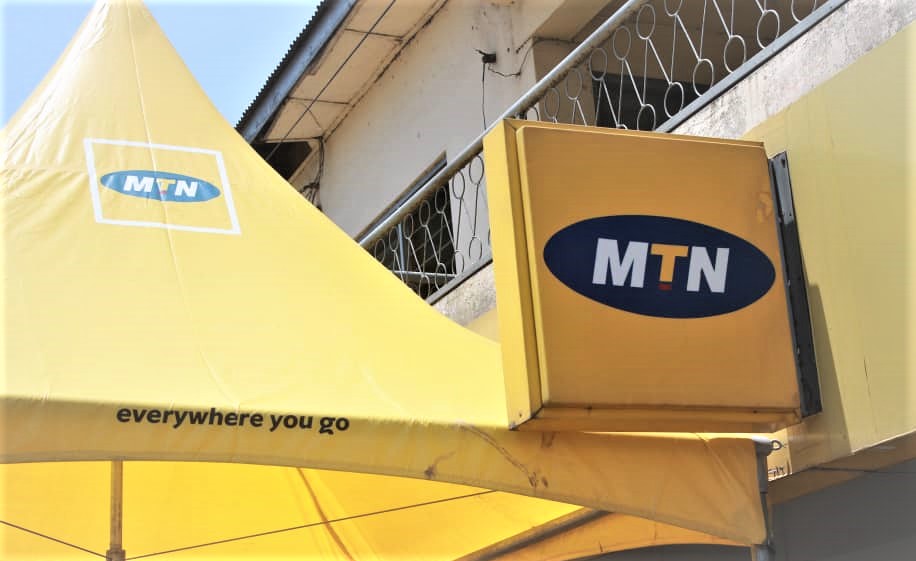
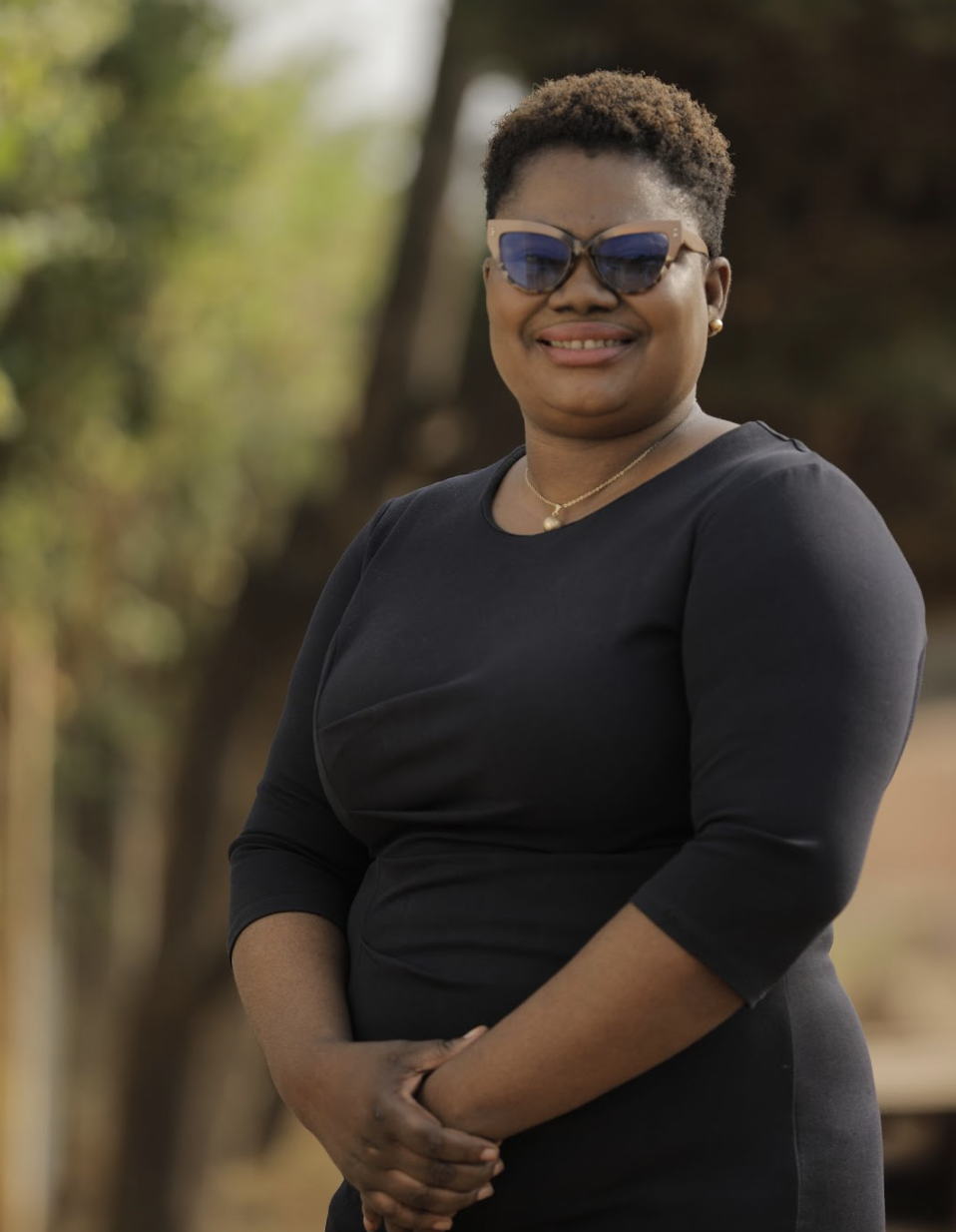

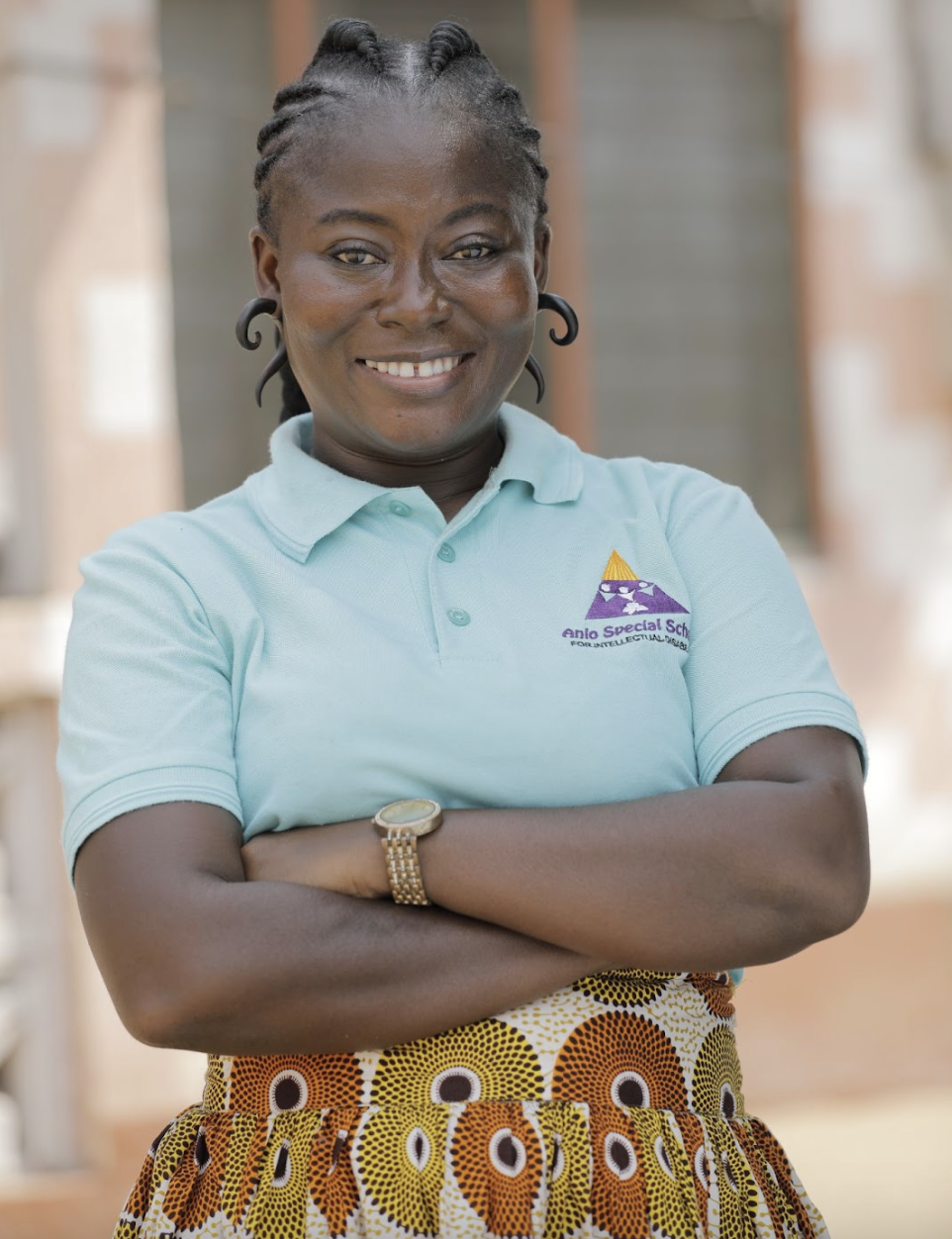







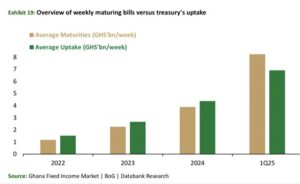
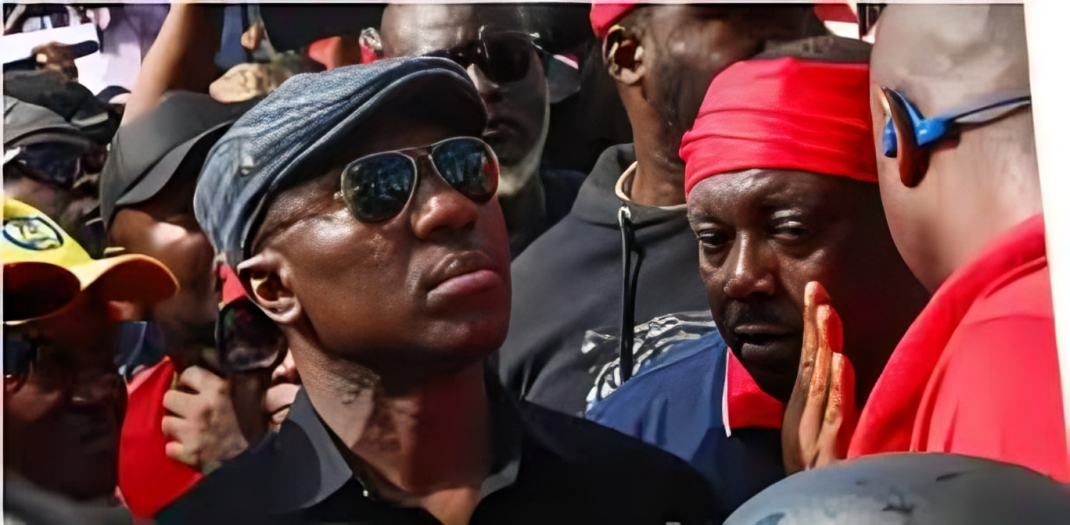

Facebook
Twitter
Pinterest
Instagram
Google+
YouTube
LinkedIn
RSS